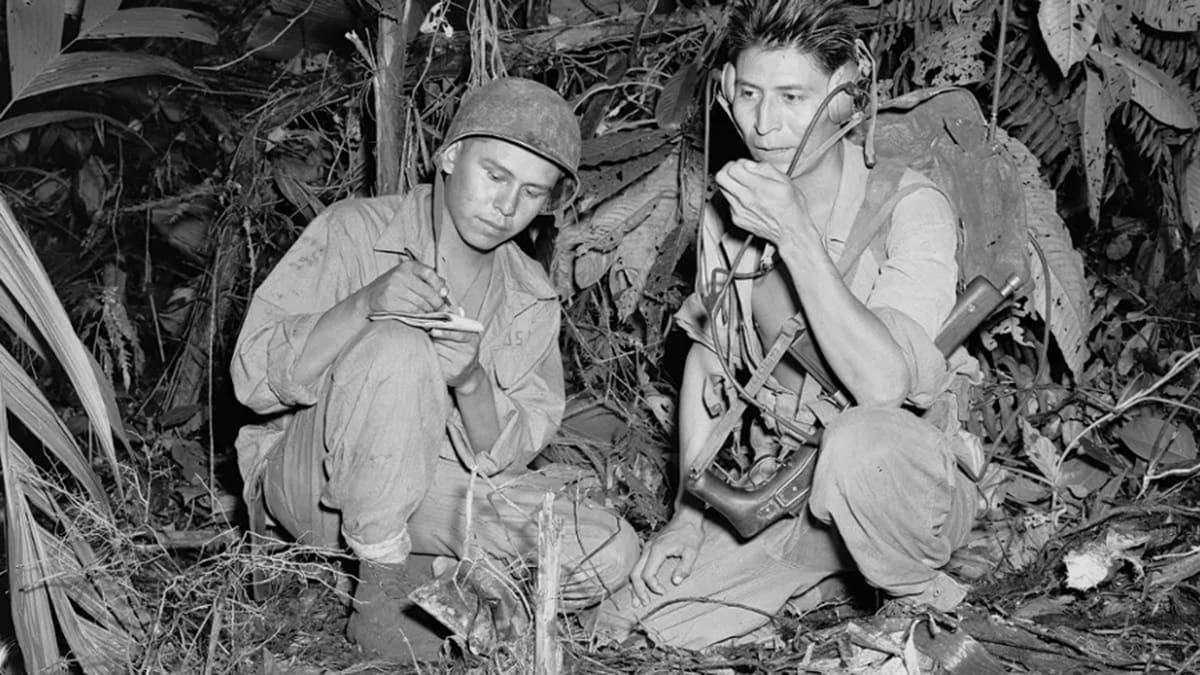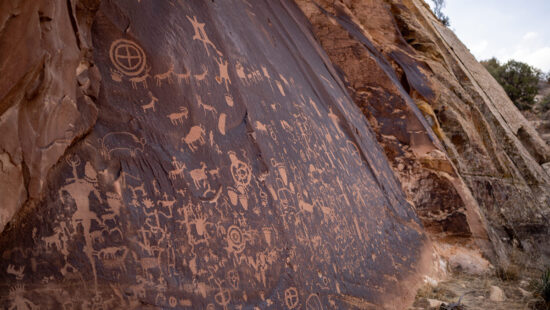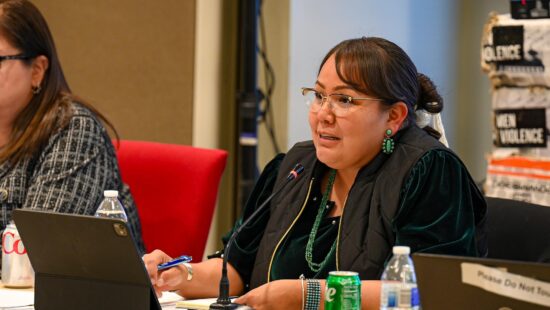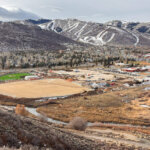National Parks
Unbreakable code: How Navajo language turned the tide in WWII’s Pacific battles

Photo: National Park Service
CANYONLANDS NATIONAL PARK – One United States code that was never deciphered by the enemy during WWII was the Navajo language. The United States Marine Corps adopted it as a voice code because it was estimated that fewer than 28 persons who were not of the Navajo tribe were able to understand the language.
From an initial 30 Navajo recruits, the number rose to 420 members of the tribe who served as code talkers during the war. III Amphibious Corps reports from the Pacific indicated that the use of code talkers during the Guam and Peleliu operations “was considered indispensable for the rapid transmission of classified documents.”
Other code talkers went with the third Marine Division to Bougainville in the Northern Solomon Islands. There, some manned distant outposts and maintained contact with the front lines by radio.
The Navajos also did their share of fighting and made good scouts and messengers.
On Guadalcanal, an Army patrol picked up a Navajo communicator on a coastal road and sent a message to the 1st Marine Division headquarters command post: “We have captured Japanese in Marine clothing with Marine dog tags.” It was only when a Marine officer was sent to identify him that the Navajo was released.
In one of his news dispatches from Okinawa, the late great war correspondent Ernie Pyle described how the 1st Division’s Navajos had put on a ceremonial dance before leaving for Okinawa. In the ceremony, they asked the gods to sap the strength of the Japanese in the assault.
The Navajos and the Marines first got together in September 1942, when Phillip Johnston, a missionary’s son who had lived among the Navajos in northern Arizona for 24 years, suggested the use of the Navajo dialect as a secure voice in Pacific operations.
These famous code talkers were credited with important roles in the successful Marine campaigns throughout the Pacific arena.
Members of the Sioux tribe also served as code talkers in the Pacific Theater.
Editor’s Note: This story was written by the United States Marine Corps Historical Center




















